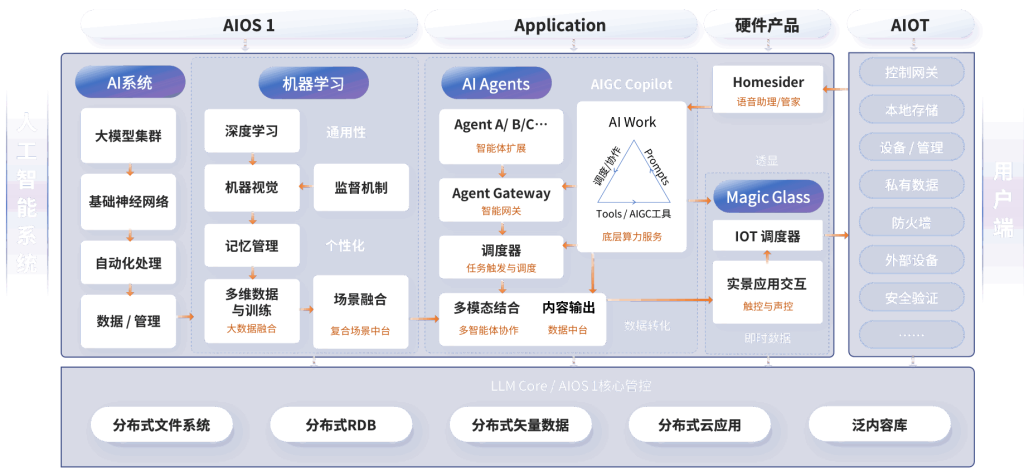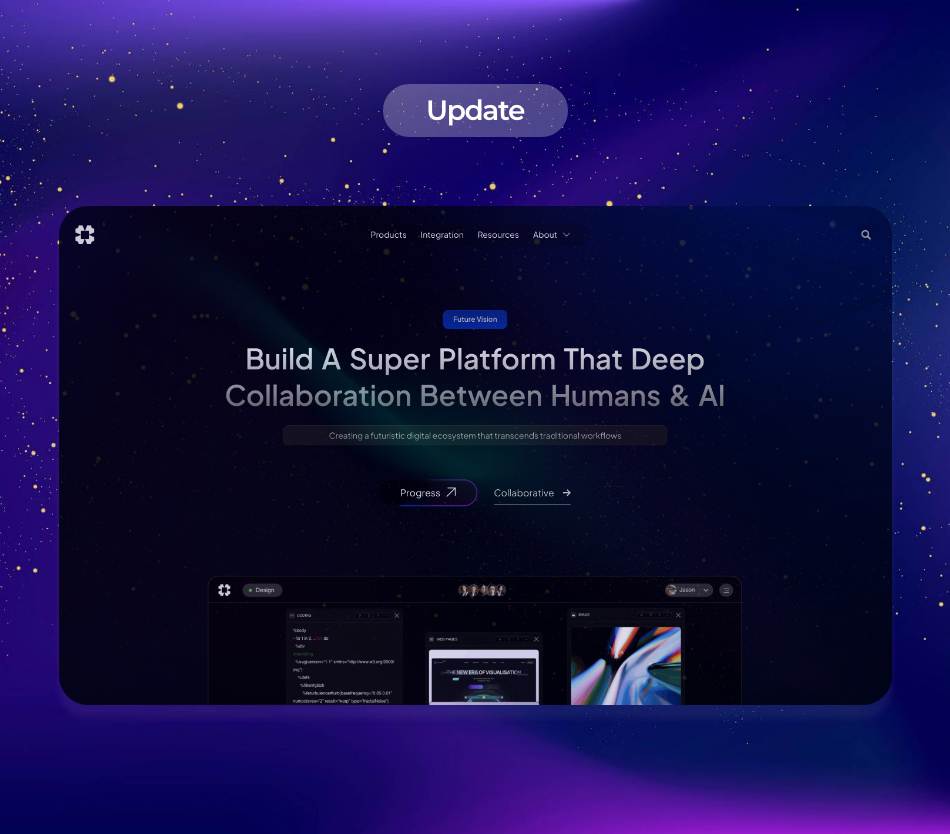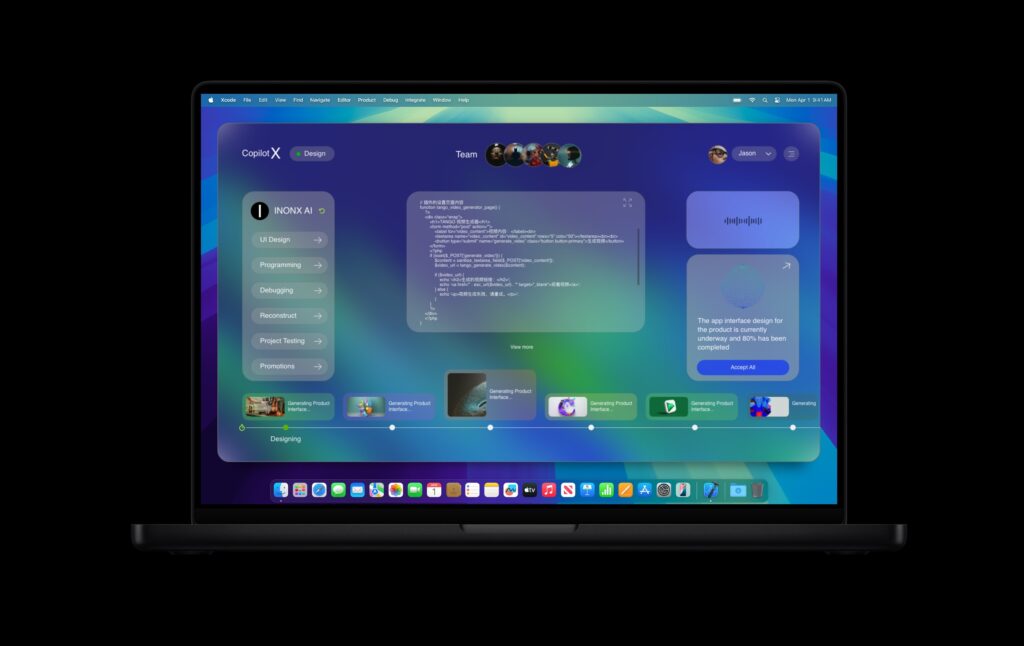As the digital landscape evolves, the integration of advanced Artificial Intelligence (AI) into everyday workflows is ushering in transformative changes across various industries. With the emergence of AI Automations, AI Agents, Agentic Workflows, and platforms designed for full work automation, businesses are increasingly leveraging technologies such as AI Voice Assistants, AIOS, AI Large Models, and Multimodal AI-Agents. This article delves into these transformative processes by exploring definitions, trends, applications, tools, and industry-specific uses.
### Understanding Core Concepts
**AI Automations** refer to processes powered by AI technologies to optimize and streamline business operations, minimizing human involvement in repetitive tasks. At the heart of these automations are **AI Agents**, autonomous software entities capable of decision-making and actions based on specific inputs, allowing them to perform tasks ranging from customer service to data analysis.
**Agentic Workflows** integrate AI Agents into business processes, enabling seamless interactions between systems and users. This not only enhances productivity but also fosters improved collaboration across teams. **Full Work Automation**, on the other hand, involves the extensive application of these technologies to automate complex workflows entirely, reducing reliance on human labor.
The emerging **Auto-Works Platform** combines multiple AI tools and services to provide a single solution for organizations seeking to enhance operational efficiency. These platforms heavily utilize AI Voice Assistants, which help in maintaining customer relations and tackling routine queries. Additionally, **AIOS** (Artificial Intelligence Operating Systems) acts as a backbone, integrating various AI functionalities into cohesive systems that can adapt and evolve according to business needs.
### Development Trends and Innovations
AI technologies have experienced significant momentum due to advancements in **AI Large Models**, capable of processing and understanding vast amounts of data. This enhancement allows organizations to develop more sophisticated applications, capable of performing nuanced tasks with minimal oversight. Furthermore, **Multimodal AI-Agents** integrate various data types—text, images, and audio—allowing for comprehensive interactions and outputs that mimic human-like competence.
As the technology progresses, businesses are witnessing a shift in the value proposition of AI-driven systems. Increasingly, organizations are recognizing that AI isn’t merely a tool for automation but a strategic asset that offers competitive advantages. For instance, the ability to analyze consumer behavior and preferences has led to more personalized marketing strategies, improving customer engagement and satisfaction.
### Value and Benefits
The implementation of AI Automations and associated tools brings substantial value to businesses. Key benefits include:
1. **Increased Efficiency**: Automated systems handle tasks much quicker than human labor, leading to reduced operational delays and enhanced productivity.
2. **Cost Savings**: While initial investments in AI may be substantial, the long-term financial benefits of decreased labor costs and increased output are undeniable.
3. **Enhanced Quality and Consistency**: AI systems are less prone to error compared to human counterparts, leading to higher-quality outputs and consistent performance.
### Industry-Specific Use Cases
1. **Healthcare**: AI Automations are revolutionizing patient management systems. Contextual Support Systems powered by AI facilitate better diagnosis by analyzing patient data more effectively than traditional methods. Intelligent Customer Chat Platforms aid in providing 24/7 support for patients, handling queries related to appointments and medication schedules.
2. **Finance**: In the financial sector, AI Agents are used to automate risk assessments and compliance checks. Full Work Automation in account processing helps institutions manage a high volume of transactions with efficiency. AI Large Models can detect fraudulent activities by analyzing patterns that traditional methods might overlook.
3. **Retail**: The combination of Multimodal AI-Agents in retail creates personalized shopping experiences. Content Production Systems leverage customer data to automatically generate recommendations, while AI Voice Assistants help in guiding customers through product searches and inquiries.
4. **Manufacturing**: Contextual Support Systems in manufacturing apply AI to monitor machinery and forecast failures. This proactive approach minimizes downtime and improves operational efficiency. AI Automations also streamline inventory management, enabling smart reordering based on predictive analytics.
5. **Education**: In the realm of education, AI Voice Assistants deliver tailored learning experiences. Agentic Workflows can adapt lesson delivery based on student performance, making learning more personalized and effective. Additionally, Content Production Systems facilitate the creation of educational materials, tailored to specific learning outcomes.
### Tools and Applications
Numerous tools and platforms are emerging to facilitate AI automation in different sectors. Companies are investing in software that enables the integration of these AI components into their workflow systems seamlessly. Notable players include Google Cloud AI, Microsoft Azure AI, and various startups that are offering specialized solutions for specific industry challenges.
**Intelligent Customer Chat Platforms** are gaining traction as businesses seek to enhance customer service interactions. Tools like Zendesk and Intercom integrate AI-driven chat functionalities to provide context-aware support to customers, often leading to higher customer satisfaction rates.
### Future Developments
Looking ahead, several trends are anticipated to shape the future of AI Automations and Agentic Workflows.
1. **Greater Integration**: Further advancements in AIOS will lead to even more robust integration of AI tools, providing a more unified and holistic approach to automation across various functions.
2. **Ethical Considerations**: As AI continues to take on more significant roles, ethical considerations surrounding data privacy, job displacement, and algorithm bias will come to the forefront. Regulatory frameworks will likely emerge alongside technological advancements to address these concerns.
3. **Augmented Intelligence**: The trend will shift from complete automation to augmented intelligence, where humans and AI systems work collaboratively. This approach combines the efficiency of AI with human creativity and intuition, fostering enhanced decision-making processes.
4. **Enhanced Multimodal Capabilities**: As Multimodal AI agents become more sophisticated, their ability to interpret different types of data will drive innovations across sectors, leading to richer and more contextualized interactions between users and AI.
### Conclusion
AI Automations, AI Agents, and their associated ecosystems are fundamentally reshaping industries, driving efficiency and transforming how businesses operate. With continued investment and innovation in these technologies, the future of work appears promising—where AI not only streamlines processes but also augments human capabilities, paving the way for unprecedented advancements across sectors. As organizations navigate these changes, understanding and utilizing these AI technologies will be vital for maintaining competitiveness in an increasingly digital world.

























